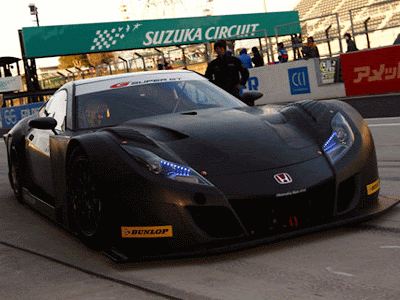Compared to the VW 1500/1600 launched in 1961, the VW 411 was noticeably larger and better equipped. Volkswagen aimed to establish the new vehicle in the upper midsize segment which was beyond the reach of the Beetle and the Type 3, and to expand the market position in the long term by broadening the model range. For this reason, the publicity concentrated on technical innovations and the high level of comfort as well as highlighting typical Volkswagen characteristics such as quality, economic efficiency and service.
In the run-up to the market launch on October 5, 1968, dealers, the press and customers responded positively to the VW 411. Once the car had come to market, problems with the clutch on the first models delivered and an increasingly negative press curbed sales prospects. The most common complaints from customers related to engine and driving noise, the engine’s limited output and what was perceived as an unaesthetic front end.
The company introduced an improved version, the VW 411 E, for the 1970 model year. Electronic fuel injection boosted engine output to 80 bhp and the front end, which had given the model the nickname of “Nasenber” (coati), received a facelift. The VW 411 E Variant, provided even more space for luggage, and this estate version was soon selling twice as well as the hatchback saloon. Type 4 exports to the USA began in 1971, and the car sold better than expected there, soon accounting for roughly 40% of total sales.
Even though the VW 411/412 did not break any sales records, the model nevertheless has an important role to play in Volkswagen’s automobile history as the last large series model with air cooling and a rear-mounted engine. A 1966 prototype is on display at the Automuseum Wolfsburg. The Type 4 has by no means been forgotten. Type 4 fan clubs in Germany and abroad have been presenting their lovingly preserved automotive rarities at a stand at Techno Classica since 2005.
© Source: seriouswheels
We need your comments below >>











No comments:
Post a Comment